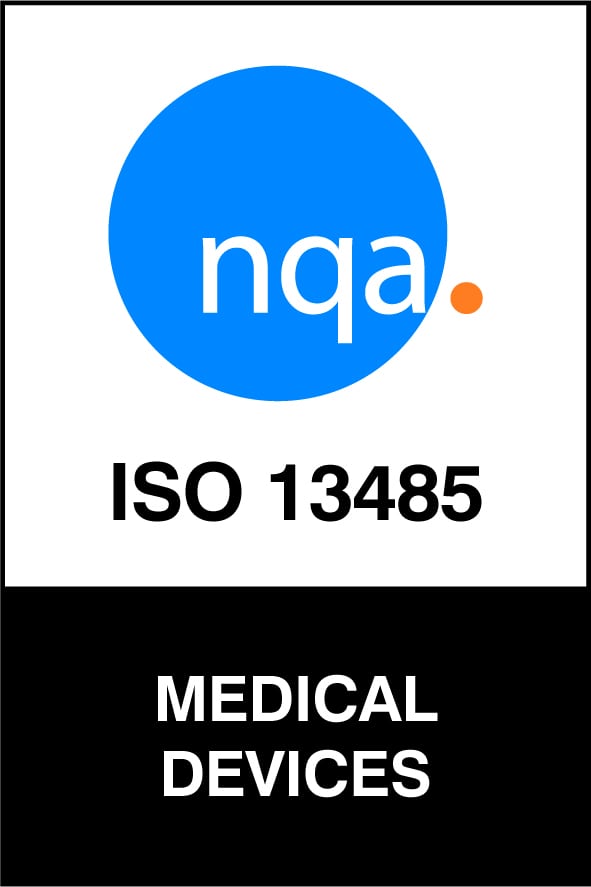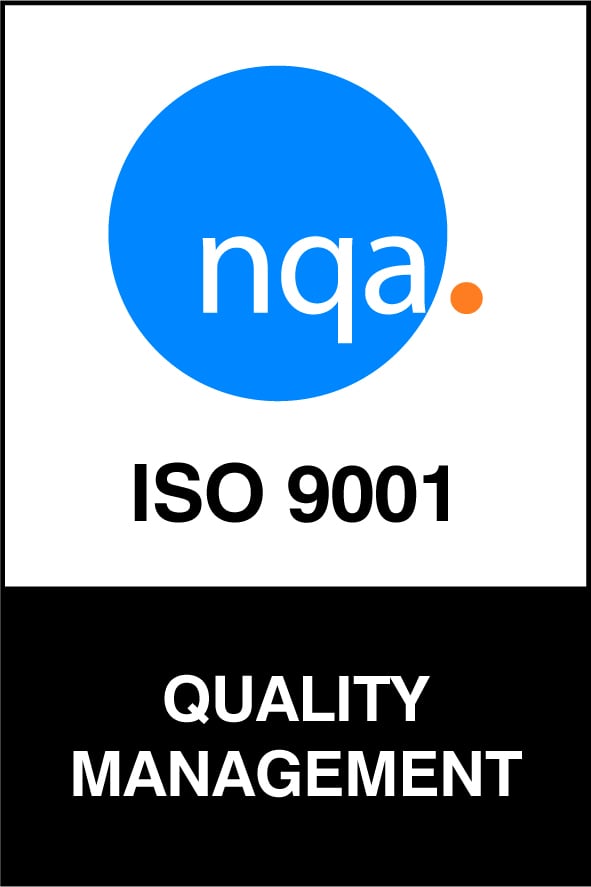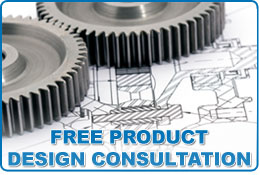Prototyping
Prototyping is an integral part of new part design and development. It tests ideas quickly for form, fit, and function ensuring that designers and engineers have a clear idea about how a product will perform.
A prototype is a simplified model of a proposed solution used to evaluate or validate design assumptions and functionality both quickly and cheaply. This allows for a level of confidence prior to tooling for production.
The Process
Prototypes can take several forms. At Jefferson Rubber, we offer customized solutions depending on the product specifications using either 3D printed elastomer parts, prototype tooling with a limited number of parts or limited tooling cavitation for initial process set-up and validation.
3D Printed Elastomer Parts
Printed parts are the fastest way to get a flexible part for testing and, in most cases, can be produced within a day. These parts have limitations in material characteristics, so it is not always possible to thoroughly test functionality, but they work very well for form and fit. Rapid improvements in 3D printing technology mean that 3D printing can be used for a greater range of prototyping applications.
Prototype Tooling with a Limited Number of Parts
Prototype tooling can be manufactured, and parts made from the selected materials. These parts are very close to production quality and will represent the material characteristics accurately. This means that the parts can be tested for functionality. Lead time is a little longer as tooling is still involved, but this step is essential if material validation is needed.
Limited Tooling Cavitation for Initial Process Set-Up and Validation
If the product is higher volume, then we often suggest having limited cavities cut to prove out part, process, and material. This limits the investment while process and material are further explored, and functionality can be fully tested. This step is not wasted, as more cavities can be added to support production once validation is complete and molding begins.
Molded rubber parts have a barrier to entry with the tooling. To ensure that a good part has been designed and will function as expected it is important to utilize the prototype steps. These will help move from concept to production with the least amount of risk, and the best chance of successful molding development.
The Advantages of Using Prototyping
There are several advantages to prototyping which include the ability to experiment with and learn from the prototypes to see if they are able to perform the required function.
It is also useful for product testing, proofing, and inspection, understanding the limitations and capabilities of the product upfront can save a lot of time and money down the line.
Process synthesis and integration allows you to visualize how the product can be used as part of a bigger process before developing a specific mold for a particular function.
********************************************************************************
Jefferson Rubber offers industry-leading prototyping, working with our clients to develop prototypes that than be used for applications in different industries. We pride ourselves in providing professional, helpful customer support and designing solutions that will meet your needs. Please contact us if we can help with your next prototyping project.






